Movie review: ‘Saving Private Ryan’
“Saving Private Ryan” takes place during World War II, starting with America’s invasion of the Omaha Beaches during the Battle of Normandy.
War movies have been a major genre in the spectrum of film since the early 1900s. They hold so much importance in the industry because they depict one of the most intense experiences a human being can go through. However, the approach that these films take to show that the experience can vary, especially in Steven Spielberg’s “Saving Private Ryan” which came to theaters in 1998.
One criticism that war films have received in the past is that they glorify war, and that they shy away from the brutality and intensity of battle to make it seem better than it actually is. Some examples of war films that have been heavily criticized with this concept are “Top Gun” (1986), “Red Dawn” (1984), and “Rambo” (1972). Nevertheless, this is always up to interpretation.
“Saving Private Ryan” immediately shatters this criticism with its very first scene, which is one of the most well-known and praised scenes in war film history. This first scene is absolutely horrifying and right from the get-go, the watcher gets a sense of the overall tone of the film and what it’s going to present.
This scene definitely isn’t for the weak-hearted, but it does illustrate the massive impact and tragedy of war, which makes that much more effective.
One of the best parts of “Saving Private Ryan” is the cinematography and its direction. Spielberg collaborated with cinematographer Janusz Kamínski on the project (who Spielberg also collaborated with on “Amistad” (1997), “Minority Report” (2002), “Catch Me If You Can” (2002), and more), who enhanced the full experience of the first scene immensely with his dynamic camera choices and gritty shots.
When talking about how he framed the opening scene of the film, Kamínski explains, “We wanted to create the illusion that there were several combat cameramen landing with the troops at Normandy. I think we succeeded in emulating the look of that footage for the invasion scenes, which we achieved with both in-camera tricks and other technological means.
“First off, I thought about the lenses they had back in the 1940s. Obviously, those lenses were inferior compared to what we have today, so I had Panavision strip the protective coatings of a set of older Ultraspeeds. Interestingly, when we analyzed the lenses, the focus and sharpness didn’t change very much, though there was some deterioration; what really changed was the contrast and color rendering.”
The cinematography wasn’t the only impeccable aspect of “Saving Private Ryan”; the elements of storytelling in the film were extremely well written and devastating.
“Saving Private Ryan” takes place during World War II, starting with America’s invasion of the Omaha Beaches during the Battle of Normandy. Captain John Miller (Tom Hanks) is assigned the treacherous task of rescuing Private James Francis Ryan (Matt Damon), the only surviving soldier of four brothers, and bringing him back to his family.
Miller works with his squad of soldiers: Private Richard Reiben (Edward Burns), Technical Sergeant Mike Horvath (Tom Sizemore), Private Adrian Caparzo (Vin Diesel), Medic Irwin Wade (Giovanni Ribisi), and three others in order to accomplish the mission, going through enemy lines and risking their lives in the process.
The pacing of the film is excellent; while being almost three hours long, “Saving Private Ryan” never feels too drawn out like a lot of movies with the same length. Every scene has a purpose, whether it’s to expand on the characters or progress the story.
The character writing is also fantastic with every member of Miller’s squad, especially Miller himself, being fleshed out and realistic. There’s a nice familial bond that forms between all of them by the end of the film.
“Saving Private Ryan” did a great job of emphasizing the little things. Even though these are hardcore soldiers who are trained in the extremity of war, they’re still people who are scared, and people who want to make it out of this alive no matter what. One of the ways Spielberg showed this was through Miller himself, where the film focuses a lot on his hands involuntarily shaking.
“Tom [Hanks] was the adult in the story,” Spielberg stated, “Tom has played adults and sometimes as an adult he’s played a kid. In this case, he brought something to the movie that I hadn’t seen Tom bring to any other movie before, and that was a stillness. I felt safe around him; I felt safe around his character. So when his handshakes — and we played that handshaking a lot — it was meant to discombobulate the audience.”
Reception-wise, the film reached massive success in the box office, making about $482.3 million in total. “Saving Private Ryan” is known as one of the most iconic war films to date, which is absolutely deserved. It’s one of those films that everyone needs to experience.
“In my opinion, Saving Private Ryan is an absolute masterpiece,” Hills junior Sara Galbraith says, “and one of the best war movies I’ve ever seen. Steven Spielberg’s direction is fantastic, and I love how he made a movie that refuses to shy away from any of the gritty, disgusting details of war. It’s a fantastic anti-war film, and one I would recommend to anybody.”

Hills senior Darcy Bergstein is looking forward to her second year as a member of the Trailblazer. Before she became an Arts and Entertainment Editor, Bergstein wrote articles for the section as a staff writer. She is excited to edit for Arts and Entertainment alongside Kaitlyn Verde and write more articles in her final year at Hills.
Fun fact: Bergstein's favorite T.V. shows are "Breaking Bad" and "Mad Men."






















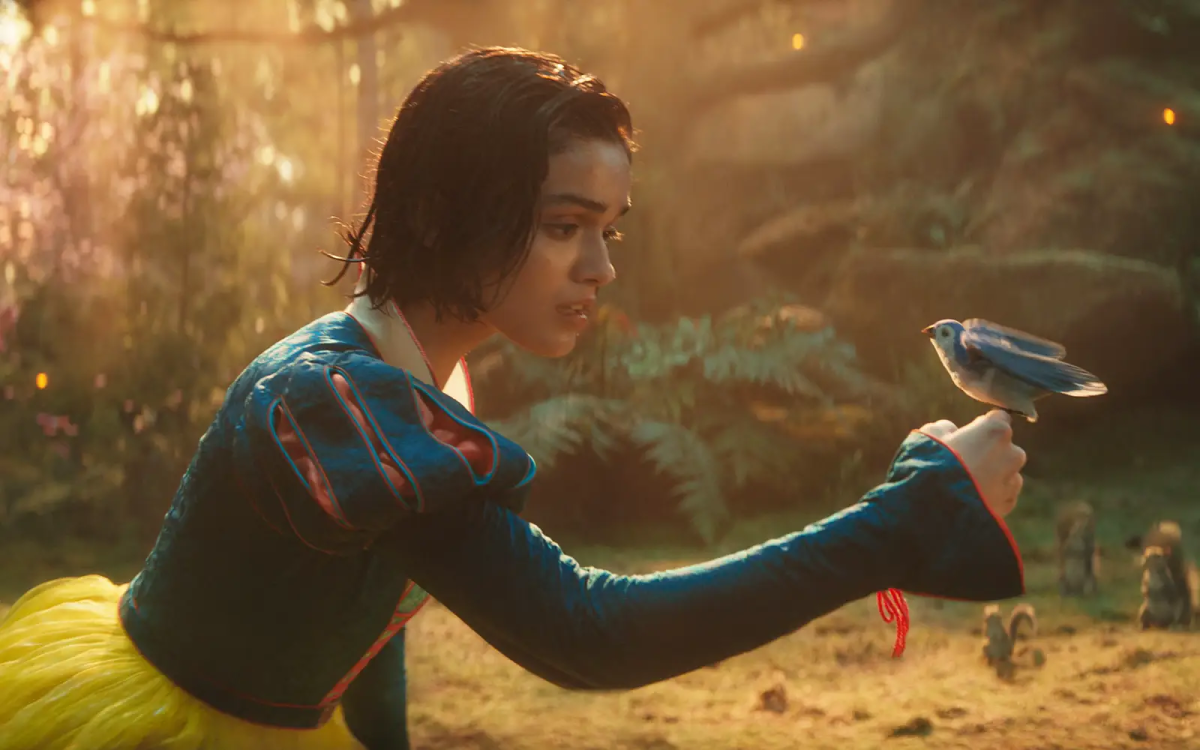










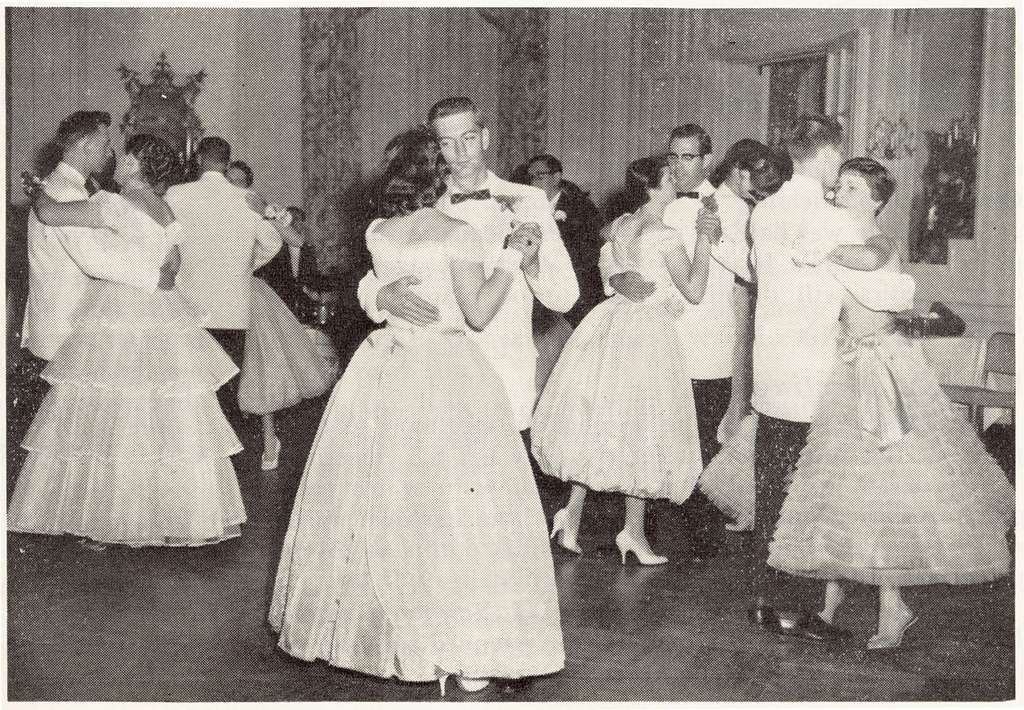






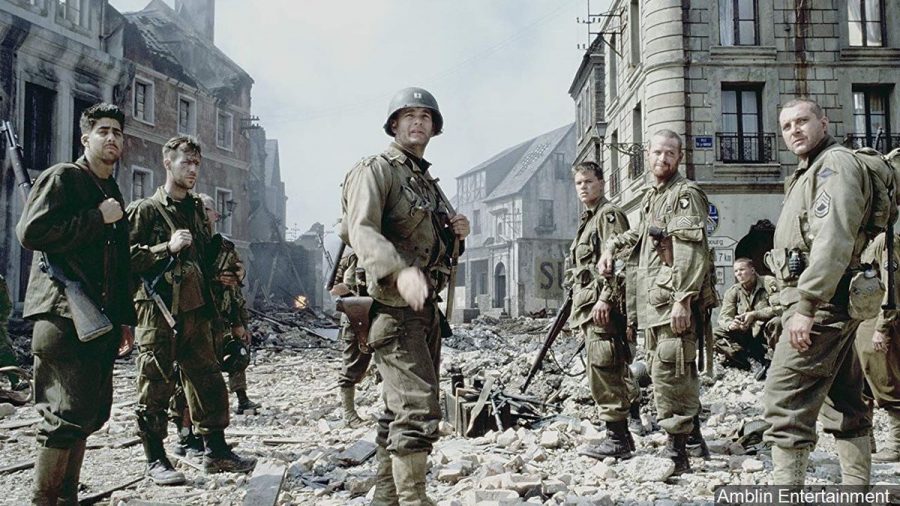
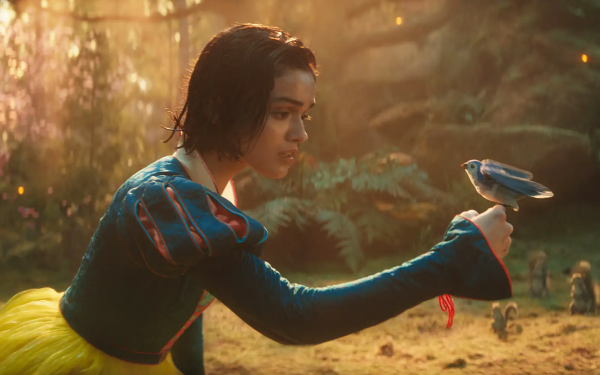
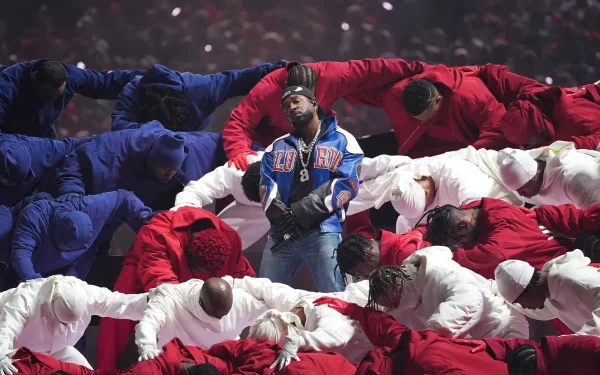
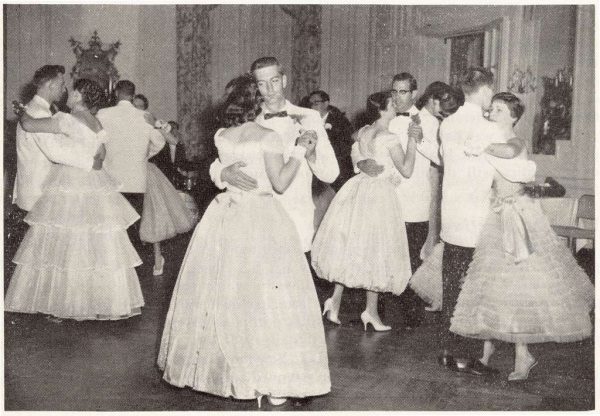

Jeremiah Agware • Dec 6, 2021 at 9:46 AM
I do spend most of my free time watching movies and TV series. It’s almost like I don’t have a life after work and movies ??? I agree with you on this and keep up the good work.